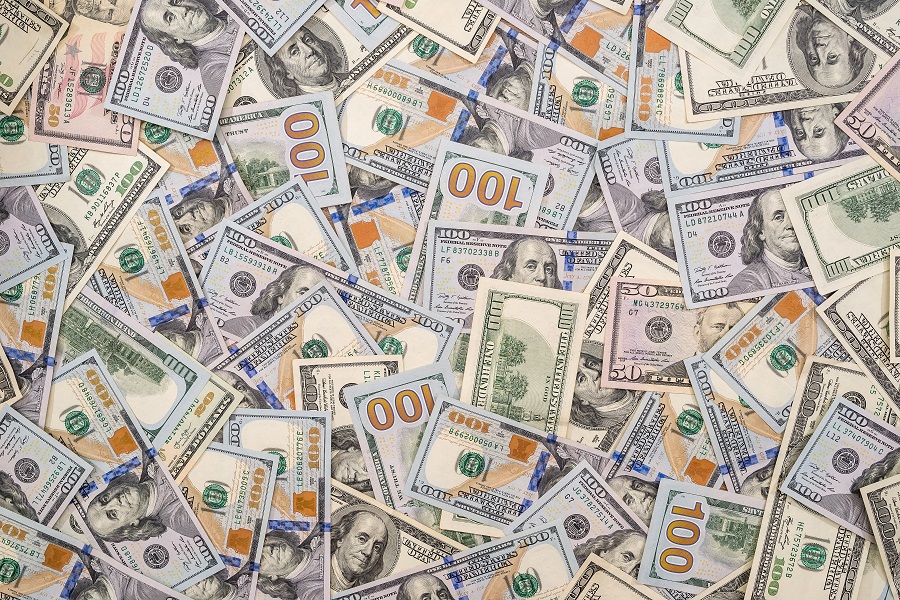Is Your Brand Profitable? 2/15/2019
 As a salesperson selling into retail, you probably think you know the profitability of your brand. Unfortunately, based on my experience at multiple retailers, you are likely to get a different answer from every company and every person you ask. The reason for this is the fact that everyone has different systems that may or may not apply all your trade funds cleanly to your profit calculation, and there are a variety of reasons why this could happen.
As a salesperson selling into retail, you probably think you know the profitability of your brand. Unfortunately, based on my experience at multiple retailers, you are likely to get a different answer from every company and every person you ask. The reason for this is the fact that everyone has different systems that may or may not apply all your trade funds cleanly to your profit calculation, and there are a variety of reasons why this could happen.
One of the biggest reasons for the lack of transparency is the timing of the transactions. If you paid a lump sum ad or display fee, it may not get rolled into the calculation until after the promotional event is over or it is billed. The same thing happens with slotting fees that are not billed until product hits the stores. Then the question becomes how this lump sum is allocated across any number of items. I have worked at places where one item gets the credit for the entire amount. So nine SKUs may have low margins and one is well over 100 percent margin. Looking at the entire event is fine, but you need to watch if you are looking at individual items for deletion. If you can convert the lump sum fee into a variable rate, this issue is minimized.
If you are running a ‘reward’ promotion, where a customer gets a better deal when they buy a targeted amount (i.e. buy $15, get $5 off instantly), the retailer typically cannot bill you until after the promotion ends. Therefore, it is likely that the funding for this offer is applied to the week after the ad runs vs. the week in which the liability occurred. This means your margin looks terrible the week of the ad, but great the week after the ad runs. So looking at profitability over a period of a week is not going to tell the whole story – you must evaluate it over a longer period.
Are you participating in a major marketing event with your retailer, such as a multi week contest, sweepstakes, NFL or NASCAR promotion? If so, the retailer has incurred large costs to run the event and your fee to participate may instead go to offset marketing expenses vs. lowering your cost of goods. This doesn’t mean the event is not a good one for you or that you aren’t credited for it, but you want to make sure that the funding for this event doesn’t end up hurting you later. For example, if you and your competitor have the same cost of goods but his $5,000 ad fee gets added into his profit number and your $5,000 marketing program fee doesn’t get added to yours, you don’t want this to negatively affect the buyer’s decisions.
Other factors that could play into your profitability are damages, swell, and reclamation. I have worked at places where buying teams got credit for swell because it was reflected immediately in a lower case cost. But if you used a reclamation center, you did not get the same benefit since the funding came at a later time or was lumped in with many other items. One way is not necessarily better than the other -- you just need to understand the difference.
'Ask your buyers how they measure profitability.'
If you are a DSD vendor, it is likely that you are not getting full credit for all your services at store. With store labor costs going up and hours getting cut at retail, this could easily be worth 8-10 percent of margin depending on the retailer. Add to that the benefit of your customer not needing to stock your items in a warehouse or deliver your product and there are higher savings. If your buyers don’t get credit for warehouse or store labor efficiencies, then these are savings that aren’t likely to be considered. This is a key factor if you are being compared to a non DSD vendor. As major soda vendors know, these savings are rarely rolled into the calculations for profitability when ads are run at negative margin.
Also, make sure you understand how other savings such as cash discounts, efficiency or bracket pricing and volume-based incentives are captured. In some cases, they are applied to cost of goods as they are earned and other times, they may go to offset warehouse expenses.
Just like everything else, knowledge is the key. A lot of teams have multiple revenue buckets they need to fill in order to do their job. Ask your buyers how they measure profitability and how they are evaluated. Understand the tradeoffs that can be made. Can you reduce the ad fee and increase the scan amount? Is it possible to eliminate slotting and pay an introductory allowance on all units sold in the first 60 days? Make sure you know how everything is calculated and be sure to ask for reports to verify the accuracy and timing of your funding. Also, track every nuance; if funding isn’t applied until quarter end, make sure you are aren’t unfairly penalized in the meantime.
What it comes down to is awareness and transparency. The more you understand about how the buyers you work with calculate profitability, the better you’ll be able to accommodate them.



Cathy Shifflett has over 25 years’ experience in sales and merchandising leadership with various roles at Giant Eagle, Tops, Ahold, Giant Carlisle, Ralston Purina and Keebler. Most recently, she was VP/DMM Consumables at Shopko and is a winner of Progressive Grocer’s Top Women in Grocery Award.She can be reached at 920-227-8494